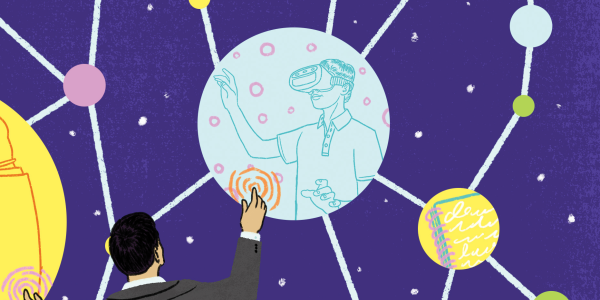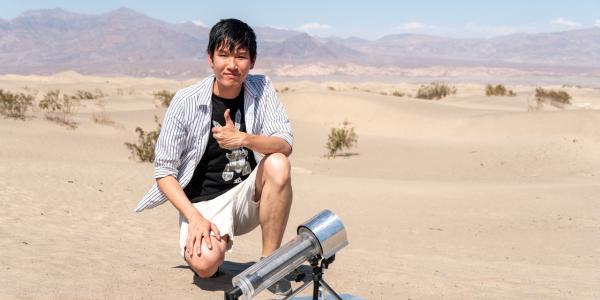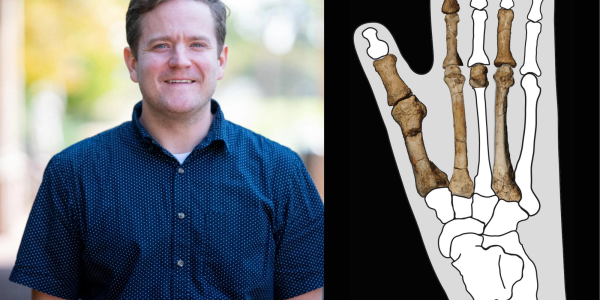Yuan, an assistant professor of physics, simulates the enormous energies streaming from black holes and neutron stars.
Modern computers can’t model entire universes, but Yajie Yuan has found a way to program approximations of the most enigmatic objects in the cosmos — black holes.
“Starting with basic principles of physics, I use computer simulations to predict the activity of charged particles and electromagnetic fields around black holes and neutron stars,” said Yuan, an assistant professor of physics who joined WashU in 2022. “WashU has a great team of researchers who are making observations of these objects, so coming here gave me a chance to combine my theoretical work with real-world findings.”
Yuan completed her undergraduate education at Tsinghua University in her home country of China. She went on to earn a PhD at Stanford before completing postdoctoral fellowships at Princeton and the Center for Computational Astrophysics at the Flatiron Institute in New York City.

Her work on astrophysics was a natural fit for Arts & Sciences’ digital transformation initiative. “The initiative emphasizes using modern tools to make important discoveries,” she said. “I was excited by the chance to collaborate with others who have a similar mindset.”
Yuan is working with Alex Chen, assistant professor of physics, on a project that uses graphics processing units (GPUs) to simulate the plasma — ionized gasses — that surround black holes. “Our simulation method tracks the acceleration of individual particles, which can help us understand how and why black holes create the radiation that we see,” she said. Often used to create computerized images, GPUs are well-suited to handle the type of calculations Yuan and Chen need for their work. “We’ve built a tool that can handle some extremely complex problems.”
Yuan is also addressing the mystery of “fast radio bursts,” extremely short, hyper-focused blasts of energy that occasionally stream from deep space. “Fast radio bursts are a very hot topic in astrophysics,” Yuan said. “Nobody’s really sure where they come from.” Her calculations suggest that the signals could be traced to the extremely dynamic plasmas around highly magnetized neutron stars. “When magnetic fields are strong enough, plasma can do some interesting things.”
Yuan is grateful to be at a university that supports her digital approach to science. Thanks to the computing power in her lab, she doesn’t need a telescope to study the far reaches of the cosmos. “Modern computational techniques can help us solve some long-standing questions,” she said. “This is an exciting time for astronomy and astrophysics.”
This story is a part of a larger feature about WashU’s digital transformation initiative, which appeared in the Spring 2025 issue of Ampersand magazine. See more stories from the magazine and browse our archives.





